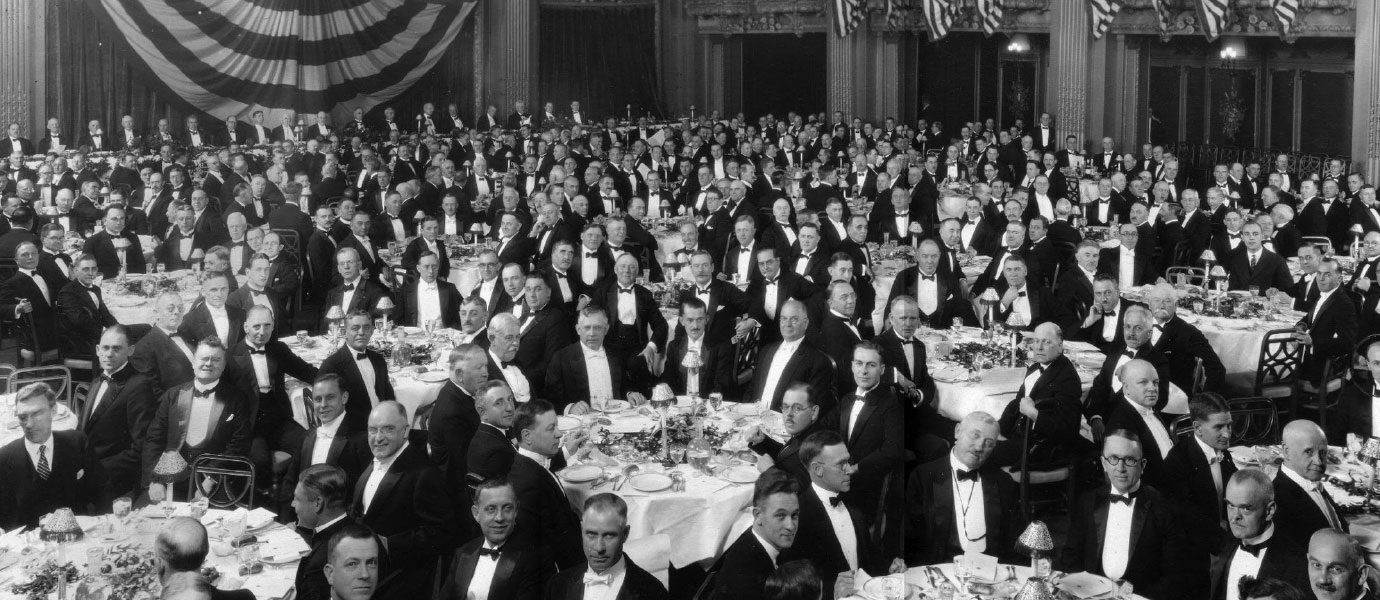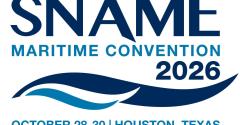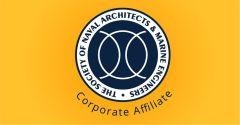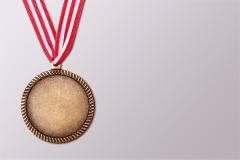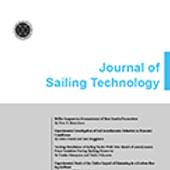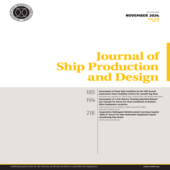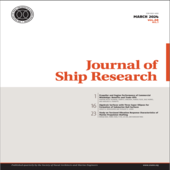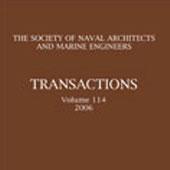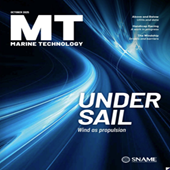Technical and research (T&R) | Bulletins and reports
The method outlined in this design procedure is suggested for the selection of scantlings for shell longitudinal and bottom plating based on a fundamental design approach. The structural details shown are typical. Detail development and selection of scantlings are subject to the preference of the designer. This method has been used for a number of years in the development of approved designs of shell longitudinals and bottom plating for liquid carriers.
T&R Bulletin 2-14: Design of Deck Plating and Hatch Cover Plating for Fork Lift Truck Loading (1968)
T&R Bulletin 2-15 (1967) supersedes the existing T&R Bulletin 2-5 (1959) and T&R Bulletin 2-7 (1962).
Over a period of years, Task Group HS-6-1 (Aluminum) of The Society of Naval Architects and Marine Engineers Technical and Research Program has noted the increasing use of wrought aluminum on ships and has therefore endeavored to disseminate information on various facets of its application. This group was assigned the task of evaluating the available alloys, sizes, and shapes of wrought aluminum suitable for shipbuilding and other marine applications. The results of this work are summarized in this publication which is an effort to provide a ship designer and builder in the Americas with a convenient guide. It does not include European practice.
Three Canadian and one United States Great Lake ore carriers were instrumented to measure wave or otherwise induced hull stresses and an extensive system for obtaining wave and sea state records from remote wave recording buoys (both moored and ship launched), wave staffs and gages, ship observations, weather stations, etc. was established. The basic wave data obtained in 1965, 1966 and 1967 in Lake Superior and the Gulf of St. Lawrence is presented in this report. Waves were recorded at fourteen locations and a total of approximately 18, 000 usable wave records were collected.: The analyzed results are presented in various forms, but it .was felt that most naval architects and scientists would only require the original wave data. The details of the manipulation of the data to obtain estimates of the probabilities of occurrence of wave heights and wave frequencies have therefore not been included.
The data presented in these two bulletins have been analyzed and the results and various interpretations presented in a series of papers on July 21, 22 and 23, 1971 published as T & R Symposium Report No. S-2 "Hull Stresses in Bulk Carriers in the Great Lakes and Gulf of St. Lawrence Wave Environment."
Current economic considerations indicate a need for more competitive ships to transport all types of cargoes at a lower cost per-ton-mile than has previously been possible. The dissemination of useful information on the application and use of higher-strength steels in shipbuilding is one means of fulfilling this need. This monograph explores the current design, fabrication, and economic problems associated with the application of higher-strength steels in the major components of the hull structure of merchant ships. Various classification societies' current rules and guidelines are discussed; comments are offered on advantageous ship proportions and certain areas of caution for designers and shipbuilders are defined.
Describes and tabulates general characteristics of available low alloy and high strength steels for use in construction of commercial ships and offshore structures. Includes three ranges of marine higher strength steels, as well as fracture tough, low temperature and cryogenic, abrasion resistant, corrosion resistant and elevated temperature applications. Extensive bibliography provided.
This Bulletin describes two methods for designing the fire protection of aluminum structure in ships, the traditional "A", "B", "C" Class system, and a new approach which bases protection on the fire exposure.
The Bulletin is based on a series of fire tests conducted at the National Bureau of Standards from 1968 to 1970. These tests established the amount of insulation needed to protect the aluminum structure for various lengths of time under a standard fire exposure. They showed that insulation on the fire exposed side of the structure is necessary to prevent melting or weakening of the aluminum, but that insulation on the unexposed side is harmful because it raises the temperature of the metal. The results of these tests have been used to develop formulas, tables, sketches, and sample calculations which are included to make the bulletin a working tool in the design of the shipboard aluminum structure.
